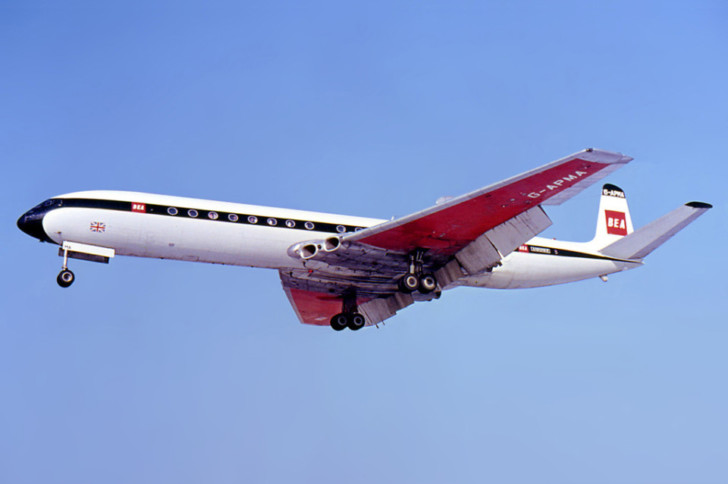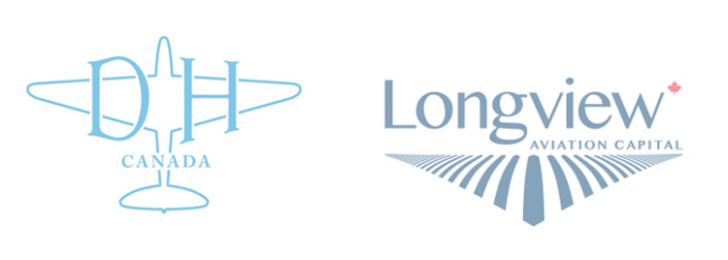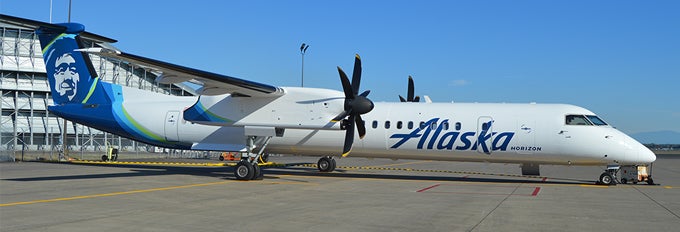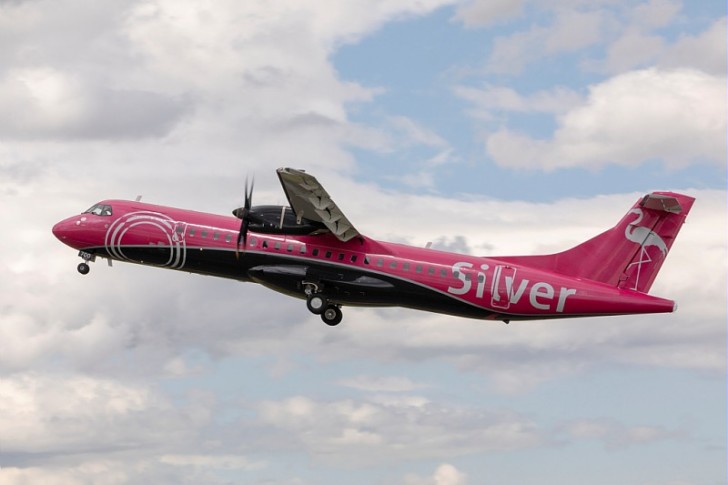The Q400 turboprop has been a fixture of regional flying since 1996. Love them or hate them, it looks like the Q400 production will continue. The main competitor to the Q400 is the ATR72 produced by the consortium of the French Aérospatiale and Italian Aeritalia. At the end of the first quarter of 2019, there have been 1316 orders for the Q400 with 1258 being delivered and a backlog of just 58 aircraft.
A Rich History
During the early to mid-1900s, England had many famous aircraft manufacturers that included:
- Avro
- Bristol
- De Havilland
- Handley Page
- Hawker
- Hawker Siddeley
- Short
- Vickers
De Havilland is probably most famous for building the first commercial jet transport known as the Comet.

In 1928, De Havilland formed a Canadian subsidiary known as De Havilland Canada to build military aircraft for Canada. During the life of De Havilland Canada (DHC), they produced a number of transport aircraft:
- DHC-1 Chipmunk
- DHC-2 Beaver
- DHC-3 Otter
- DHC-4 Caribou
- DHC-5 Buffalo
- DHC-6 Twin Otter
- DHC-7 “Dash 7”
- DHC-8 “Dash 8”
The story of the Q400 begins with the DHC-8, introduced in 1984 as the series 100, seating 39 passengers. Ten years later, the series 200 aircraft entered service with advanced Pratt and Whitney of Canada 123 engines. An advanced model of the series 200 with the ANVS (Active Noise and Vibration Suppression) system became the Q200. In 1989, the series 300 was introduced with a fuselage stretch of 11 feet, increasing the passenger capacity to 56.
The Next Chapter
The Boeing Commerical Airplane Company bought De Havilland Canada in 1986 to position itself for a major order from Air Canada. They kept improving the Dash 8 program by stretching and modernizing the DHC-8-300:
- DHC-8-400 launched in 1999 with a capacity of 68 passengers
- DHC-8-401 was also available in 1999 with seats for 70
- DHC-8-402 increased the capacity to 78 seats in late 1999
- Q400 which entered service in 2000 with the ANVS ( Active Noice and Vibration Suppression) system
- Q400 NextGen was launched in 2013 with a maximum capacity of 90 passengers and updated interiors, landing gear and a reduction in operating costs.
A Succession of Ownership
The purchase of De Havilland Canada by Boeing in 1986 turned out to be a short-lived enterprise. After losing the single-aisle, medium-haul sale for Air Canada, Boeing sold the Company to Bombardier Aerospace in 1992. Bombardier took over the Q400 line along with building the CRJ series of regional jets and ultimately creating a new series of medium-haul jets, the CS100 and CS300. Boeing pushed the Trump Administration to subject the CS series aircraft to a 300% tariff. As a result of this action, Bombardier entered into an agreement with Airbus to take over the marketing and co-production of the CS series at a facility in Mobile, AL. The new marketed CS series has been renamed to the Airbus A220 series. The CS series was to be the lifeline for Bombardier Aerospace as the orders for the Q400 and CRJ regional jets have been slowing. Like most new aircraft programs, the CS development was full of delays and cost overruns.
Enter the New De Havilland Canada – 2019
Cost overruns and management miscalculations led Bombardier to divest itself of its aircraft programs as bankruptcy loomed on the horizon. The new De Havilland Canada became a subsidiary of Longview Aviation Capital on June 1, 2019 when the sale from Bombardier closed. Longview Aviation had already purchased the rights to all previous De Havilland Canada aircraft through their Viking Air subsidiary. Longview recognized that Bombardier neglected the modernization of the Q400 which allowed ATR to make substantial gains in sales. The current backlog of Q400 orders will be completed by October 2020. In taking over production of this aircraft, the model will revert back to the Dash 8-400 name.
De Havilland Canada will solely focus on the Q400 bringing over the entire 1,200-person Q400 workforce from Bombardier. The aim is to compete with ATR in the current regional aircraft market along with new applications. De Havilland Canada is looking at a 50 passenger version with increased onboard baggage capacity to compete with the new Bombardier CRJ-550 along with fire-fighting and military surveillance versions.








